tutorial
How to Create Django Data Migrations
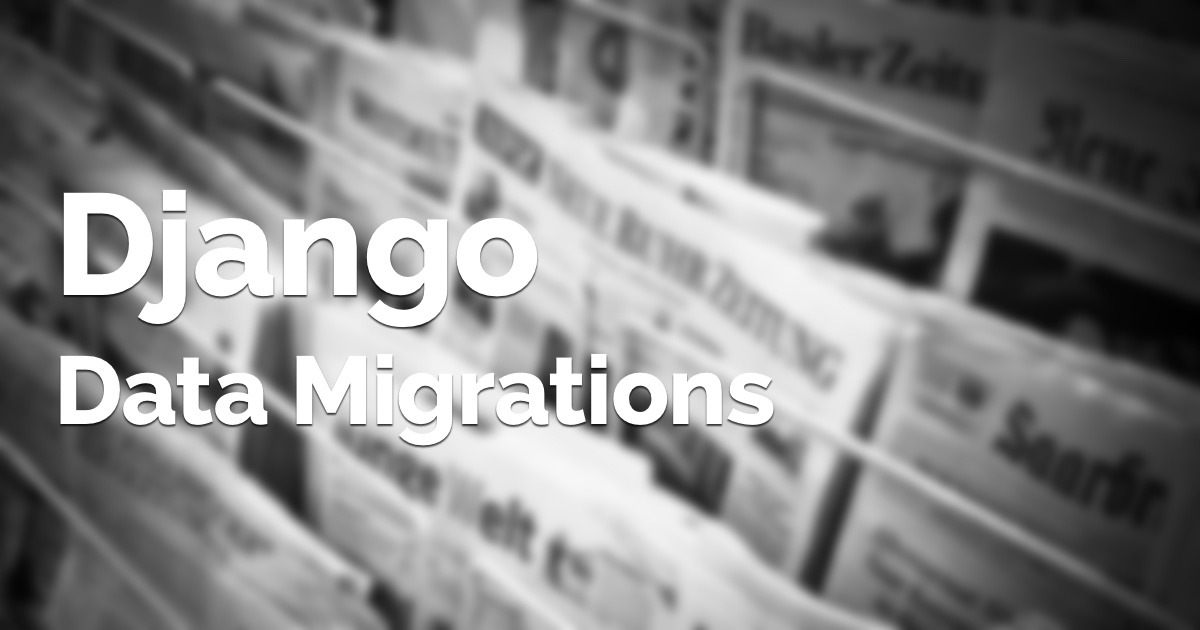
Data Migration is a very convenient way to change the data in the database in conjunction with changes in the schema. They work like a regular schema migration. Django keep track of dependencies, order of execution and if the application already applied a given data migration or not.
series
A Complete Beginner's Guide to Django - Part 4

series
A Complete Beginner's Guide to Django - Part 3

series
A Complete Beginner's Guide to Django - Part 2

series
A Complete Beginner's Guide to Django - Part 1

tutorial
How to Use Celery and RabbitMQ with Django

Celery is an asynchronous task queue based on distributed message passing. Task queues are used as a strategy to distribute the workload between threads/machines. In this tutorial I will explain how to install and setup Celery + RabbitMQ to execute asynchronous in a Django application.
article
How to Render Django Form Manually
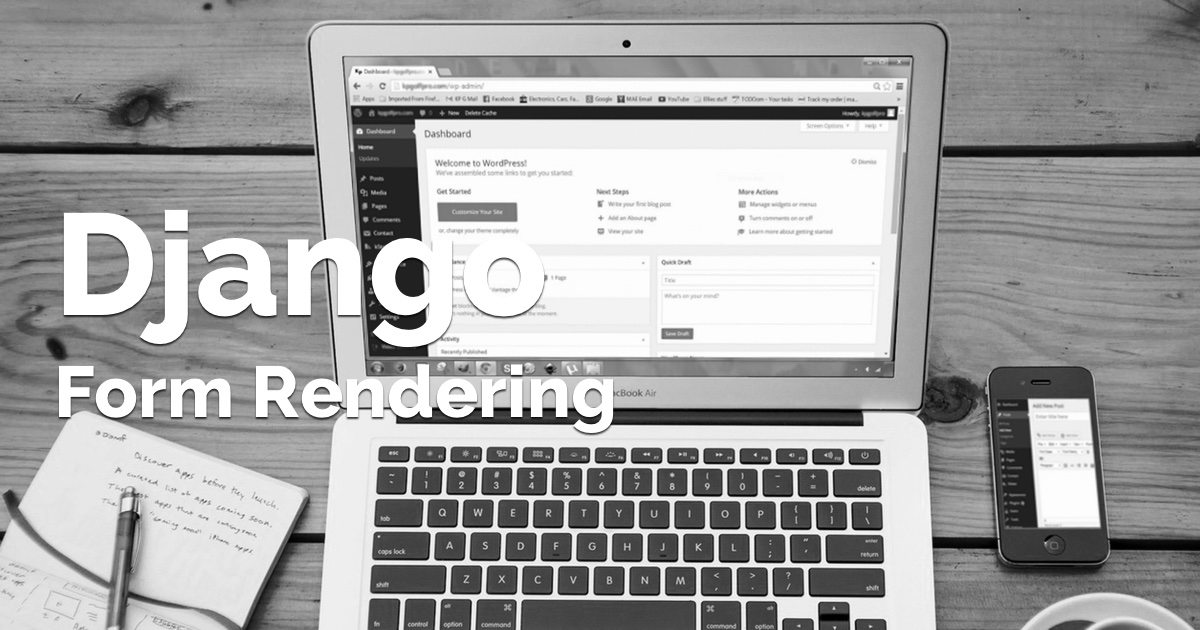
Dealing with user input is a very common task in any Web application or Web site. The standard way to do it is through HTML forms, where the user input some data, submit it to the server, and then the server does something with it. Now, the chances are that you might have already heard that quote: “All input is evil!” I don’t know who said that first, but it was very well said. Truth is, every input in your application is a door, a potential attack vector. So you better secure all doors! To make your life easier, and to give you some peace of mind, Django offers a very rich, reliable and secure forms API. And you should definitely use it, no matter how simple your HTML form is.
tips
Django Tips #21 Using The Redirects App
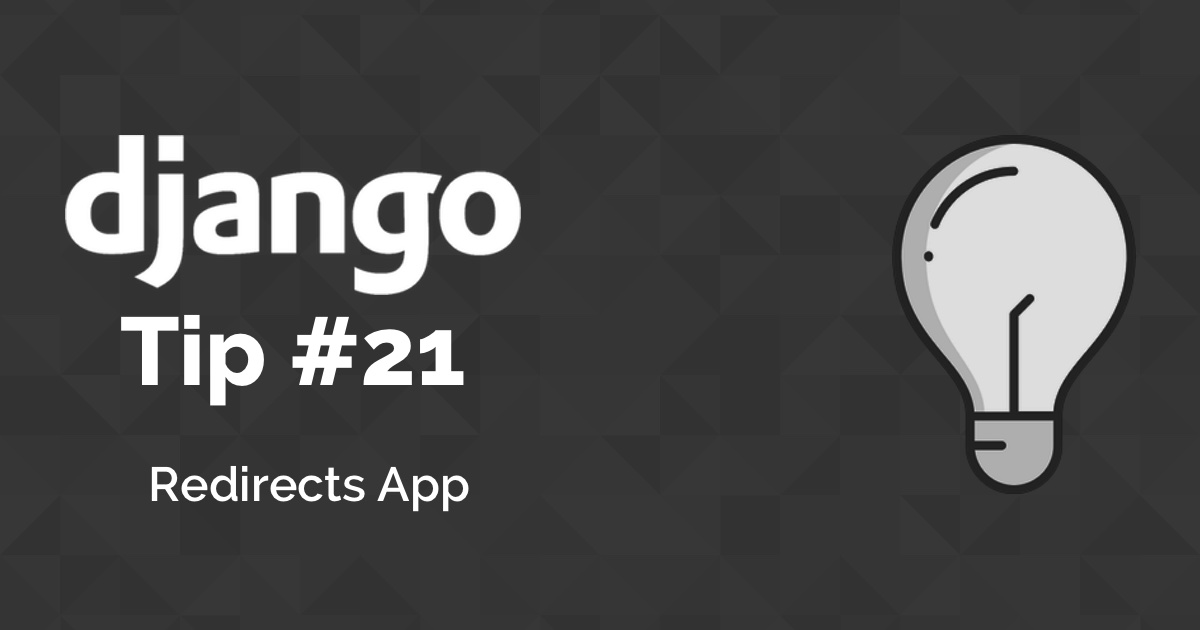
Django comes with a few optional apps that can easily be installed. One of those apps is the Redirects App, which is particularly useful in the cases where you want to update some existing URLs without compromising your Website SEO or in any case avoid 404 errors.
article
A Minimal Django Application
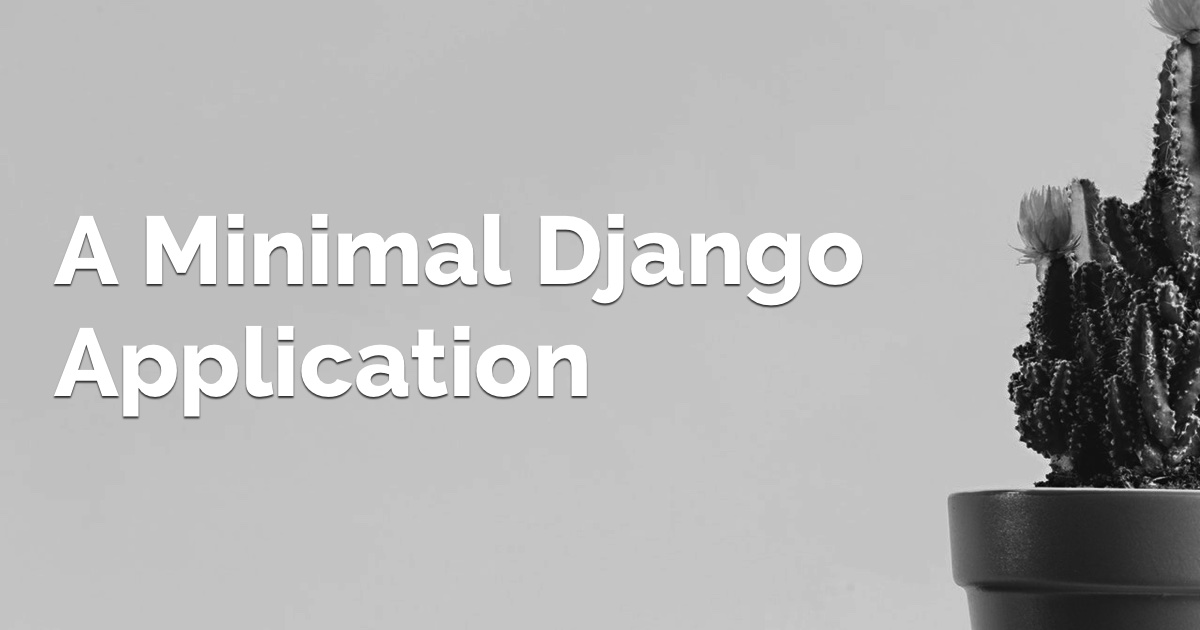
In this article I want to explore some of the basic concepts of Django, setting up a minimal web application to get a deeper understanding of how Django works under the hoods.
Q&A
Ask Vitor #4: WordPress or Self-Made Blog?

Aviral Tiwari asks:
Is this blog made through Django or some blog engine like WordPress?
- ← Previous
- First page
- Page 3 of 11
- Last page
- Next →

 Two Scoops of Django 1.11: Best Practices for the Django Web Framework
Two Scoops of Django 1.11: Best Practices for the Django Web Framework
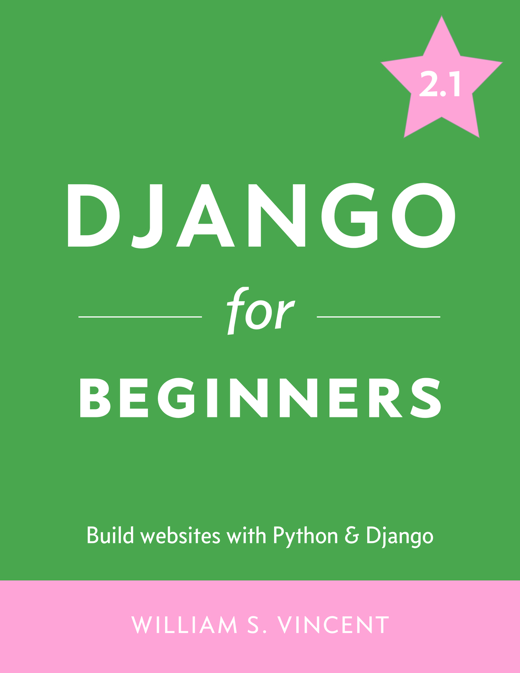 Django for Beginners: Build websites with Python and Django
Django for Beginners: Build websites with Python and Django
 Fluent Python: Clear, Concise, and Effective Programming
Fluent Python: Clear, Concise, and Effective Programming
 How to Extend Django User Model
How to Extend Django User Model
 How to Setup a SSL Certificate on Nginx for a Django Application
How to Setup a SSL Certificate on Nginx for a Django Application
 How to Deploy a Django Application to Digital Ocean
How to Deploy a Django Application to Digital Ocean